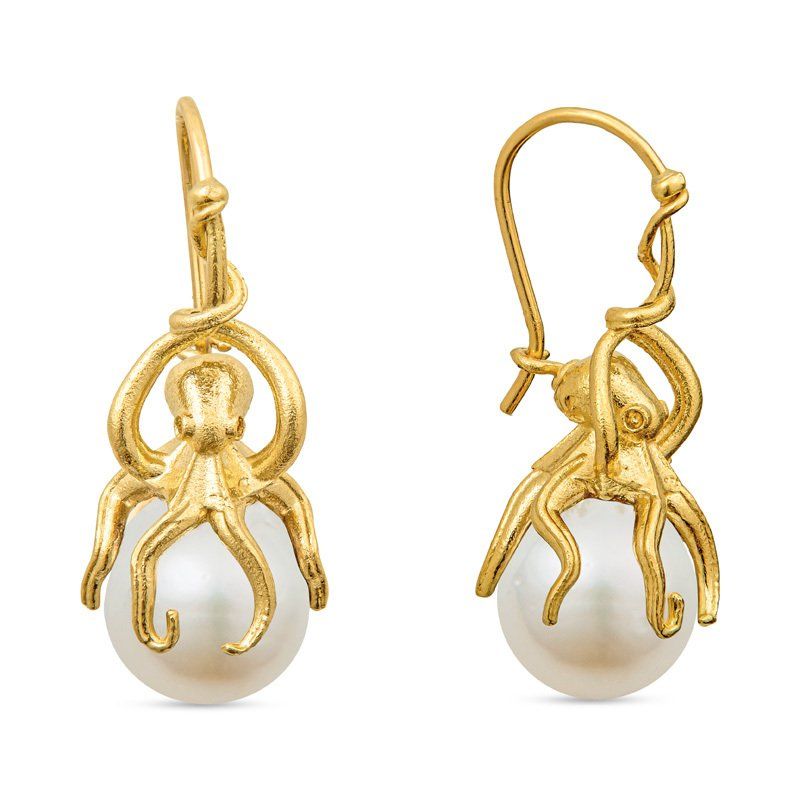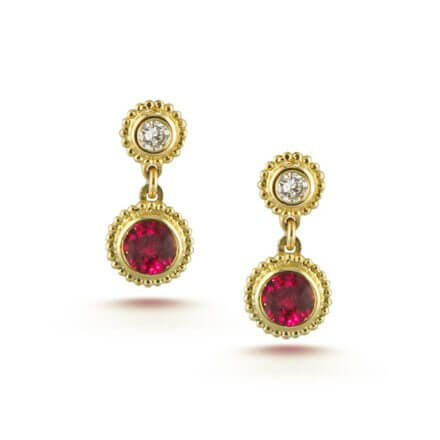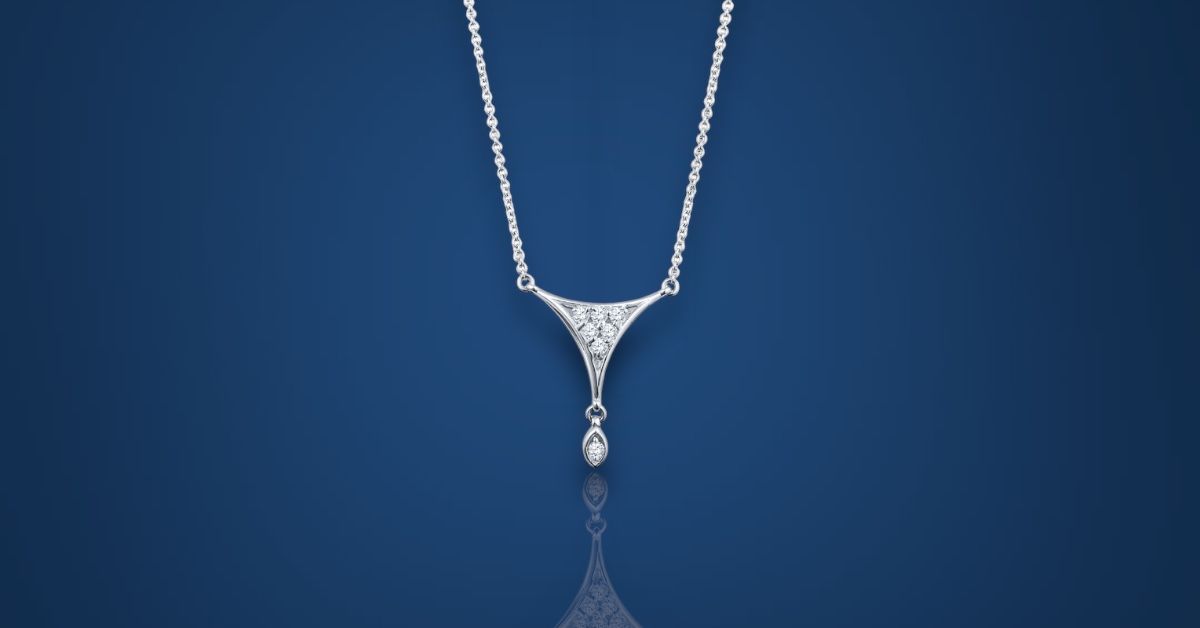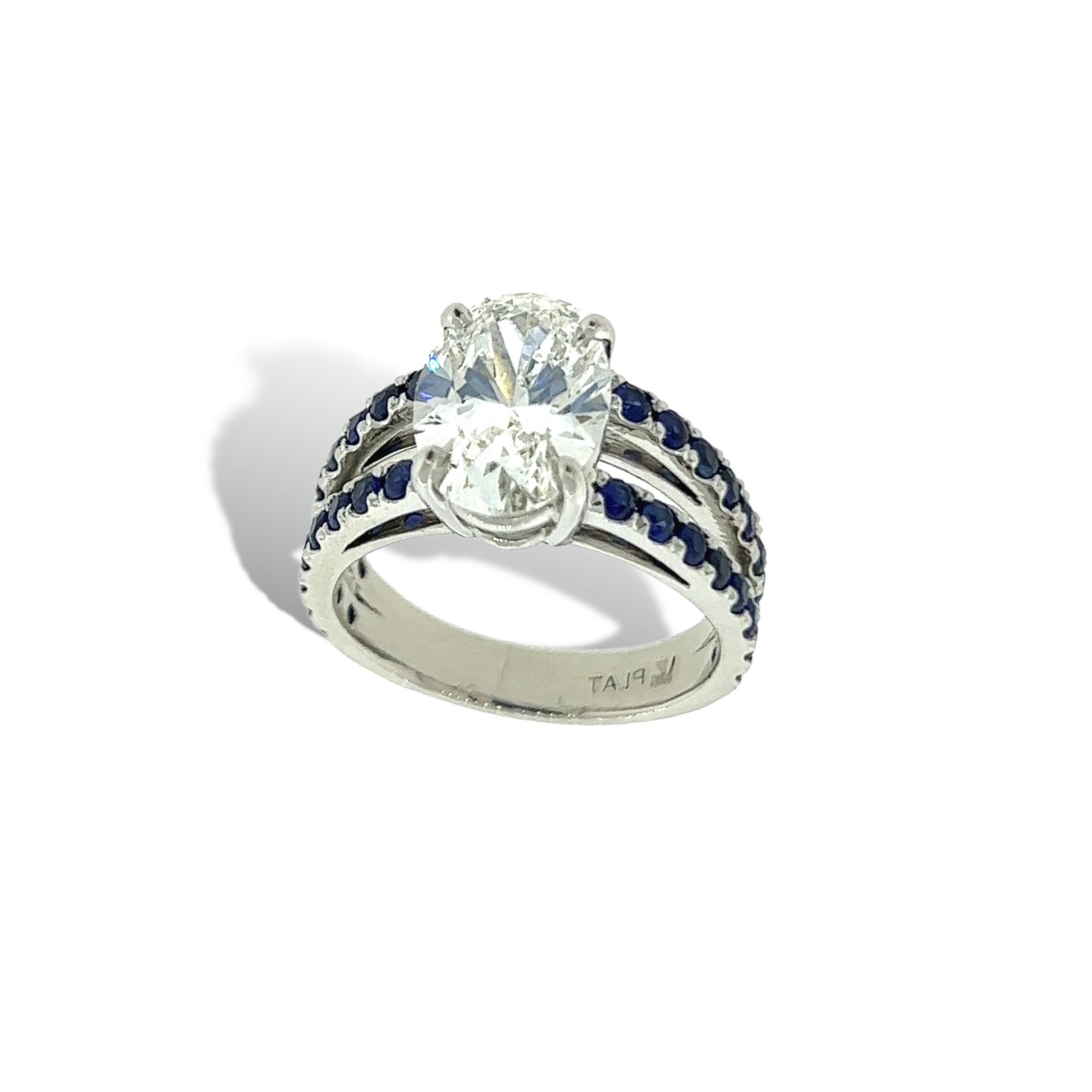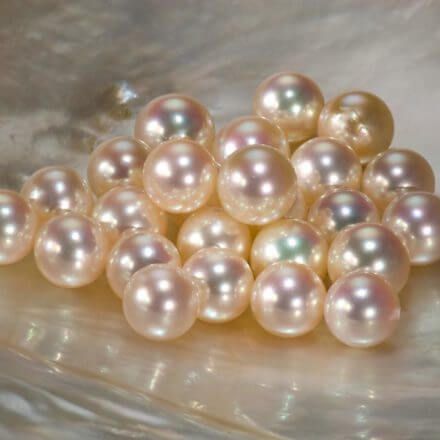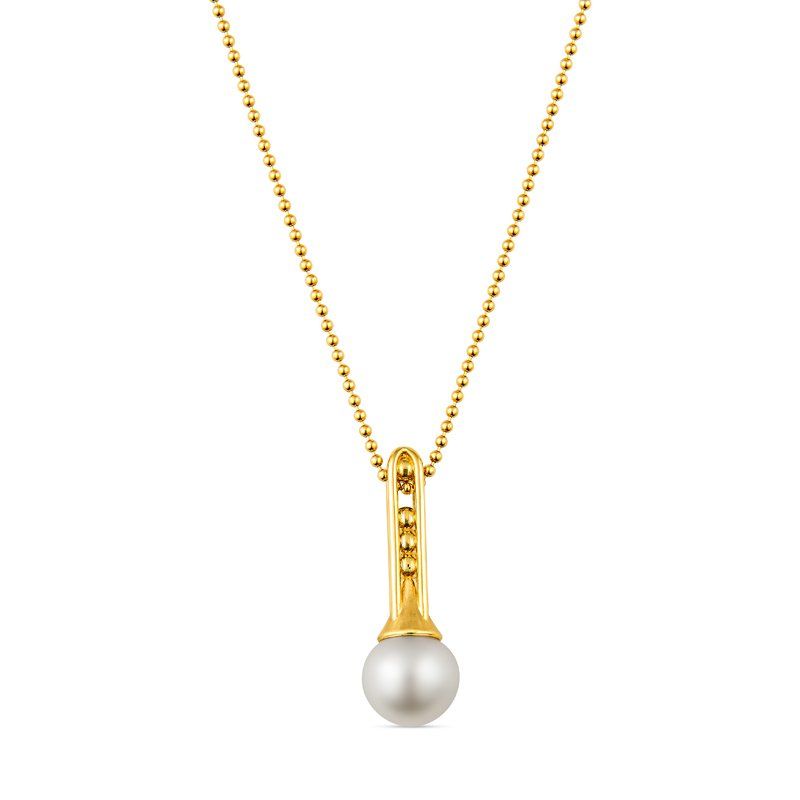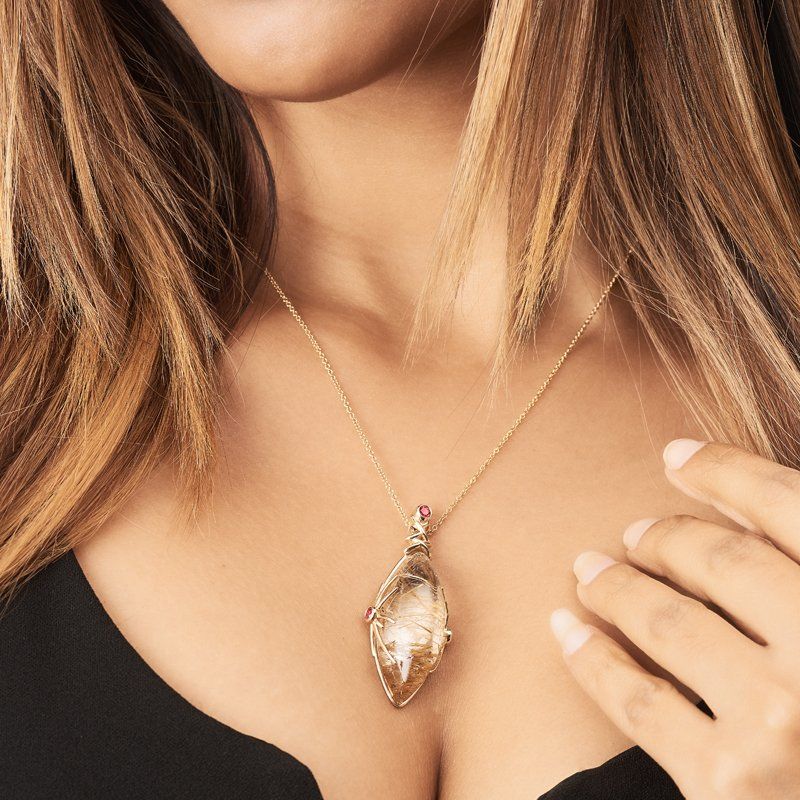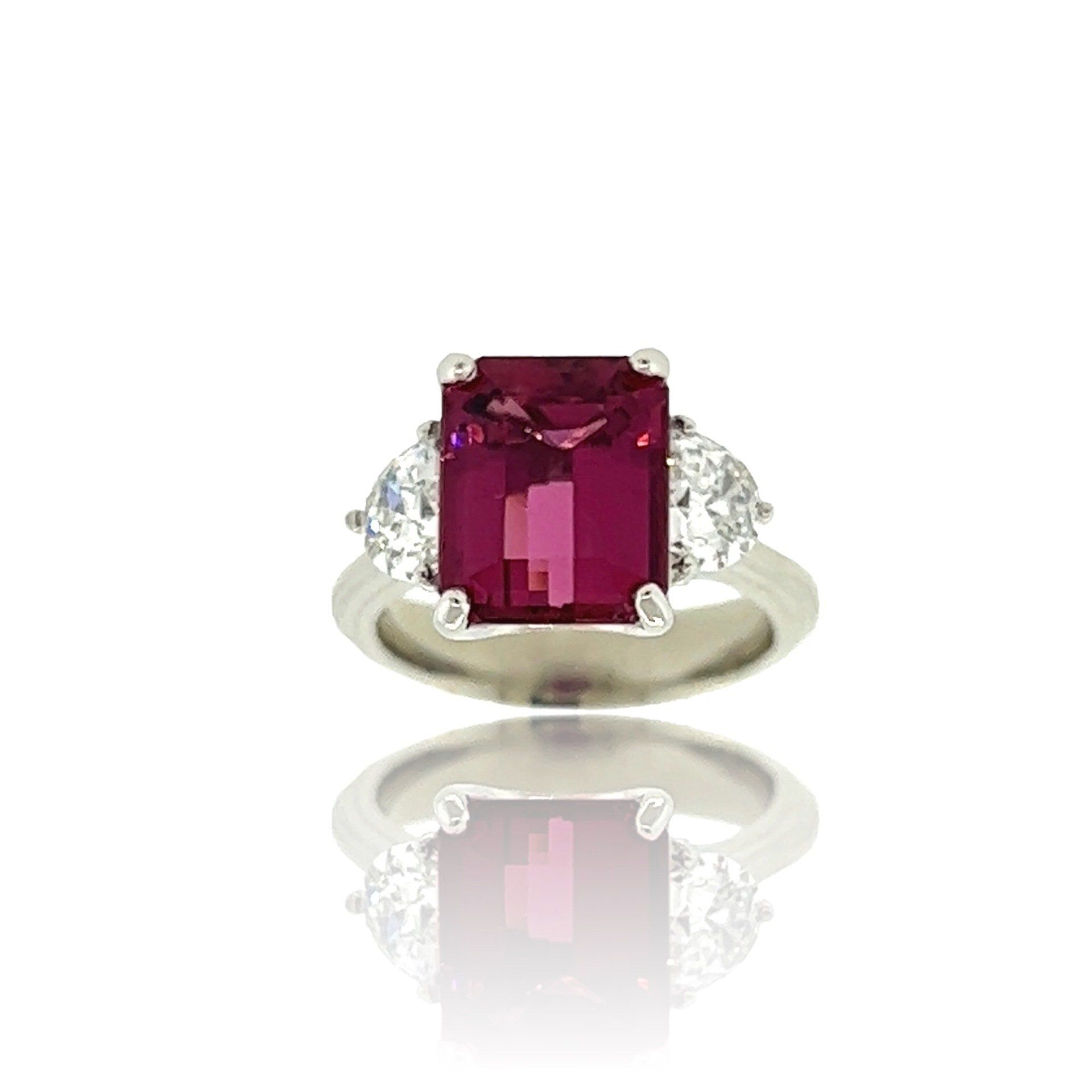A Guide to Choosing the Perfect Wedding Ring
Five Things to Consider Before you Buy
Your wedding ring is your forever ring. It’s not only worn closest to your heart but it should make you smile every day as you wear it. You have a unique style, let it shine! Here are the top five questions to help guide you to make the choice of a lifetime.
Would you like your wedding band to match your engagement ring style?
If your engagement ring allows a band to tuck up beside it this can be a beautiful look. Then you just have to decide…one or two?
Do you want your diamonds (or gemstones) to go all, or just part of the way around?
Some people love the look and feel of gems that travel the full way around their fingers, others find that bulky or uncomfortable, it’s worth trying them both on to see which look and feel suits you best.
Is your engagement ring an unusual shape? A shadow band might be just the thing.
A shadow band follows the lines of your engagement ring. If yours is curvy or not flat on the sides, you may want to have the jeweler make a “shadow” of your ring’s profile for a custom fit.
Would you like a band without diamonds or gemstones?
If the engagement ring has a significant diamond or stone, sometimes a simple band works best. Some women find they also just like something pared down that goes with everyday wear, or maybe something that matches the band to be worn by your future husband.
Do you want to match the color of your engagement ring, or mix it up?
Not all wedding and engagement pairs have to match exactly. For instance, maybe you are wearing your grandmother’s yellow gold engagement ring, but you want a platinum, or white gold band in a more modern style or to mix and match in casual daily wear.
The post A Guide to Choosing the Perfect Wedding Ring appeared first on Official Jewelry By Design Website.
